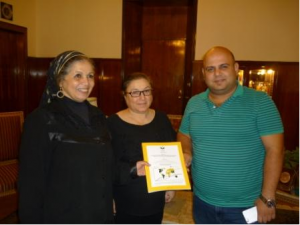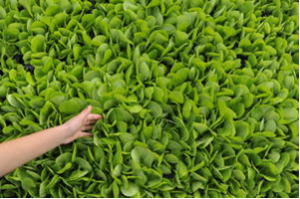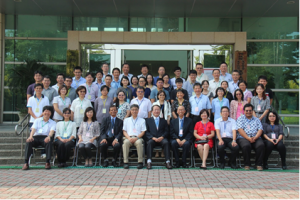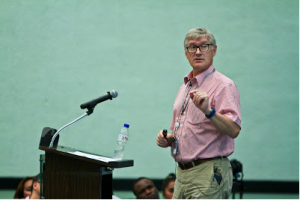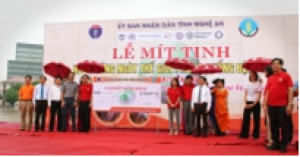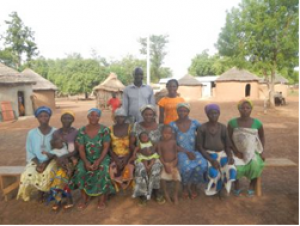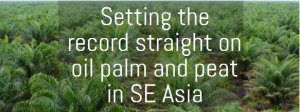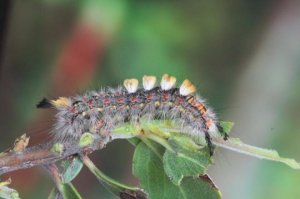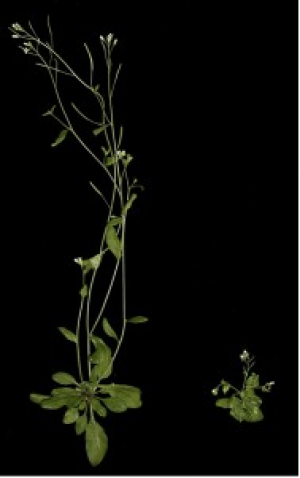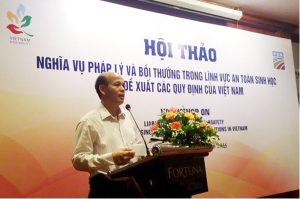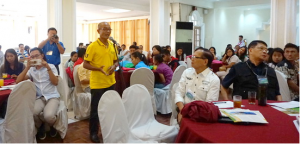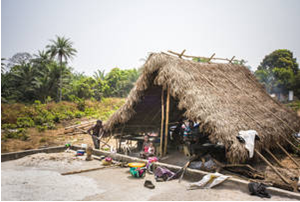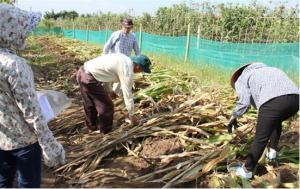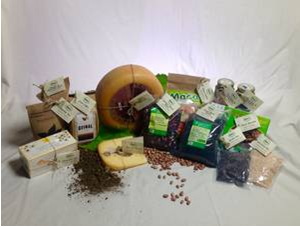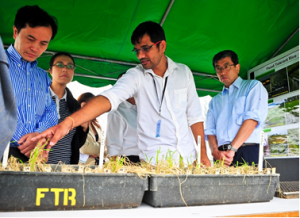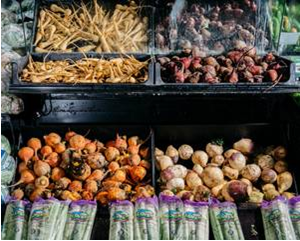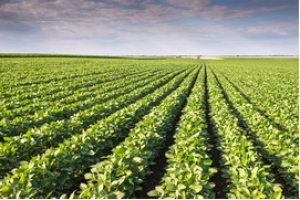|
Analysis Reveals Cassava Breeding Has Not Improved Photosynthesis or Yield Potential
Tuesday, 2018/05/22 | 07:57:51
|
|
Cassava is a staple of more than one billion people from 105 countries, yet, it has not received the same attention compared to corn and soybean. While scientific advances have helped cassava withstand pests and diseases, the crop yields no more today than it did in 1963. Corn yields, by comparison, have more than doubled.
Researchers from the University of Illinois have analyzed four African cassava cultivars to find out how breeding has impacted photosynthesis, and they found that unimproved landraces of cassava are actually 20 percent better at photosynthesizing than their improved counterparts.
Stephen Long, Director of the international research project Realizing Increased Photosynthetic Efficiency (RIPE) said, "Cassava breeders have diligently worked to improve the pest and disease resistance of this crop, which has been absolutely critical. The next step is to improve cassava yield potential by improving its photosynthetic performance."
However, the changes needed to improve cassava photosynthesis cannot be achieved through traditional breeding and will require genetic engineering. Amanda De Souza, RIPE postdoctoral researcher said, "Genetic engineering of cassava is our major hurdle going forward. We know it is possible."
For more details, read the article from the University of Illinois website.
Figure: Cassava feeds more than one billion people yet its yields have not increased since 1963; new research from the University of Illinois found that breeding efforts have not improved how well the crop photosynthesizes. |
|
|
|
[ Other News ]___________________________________________________
|

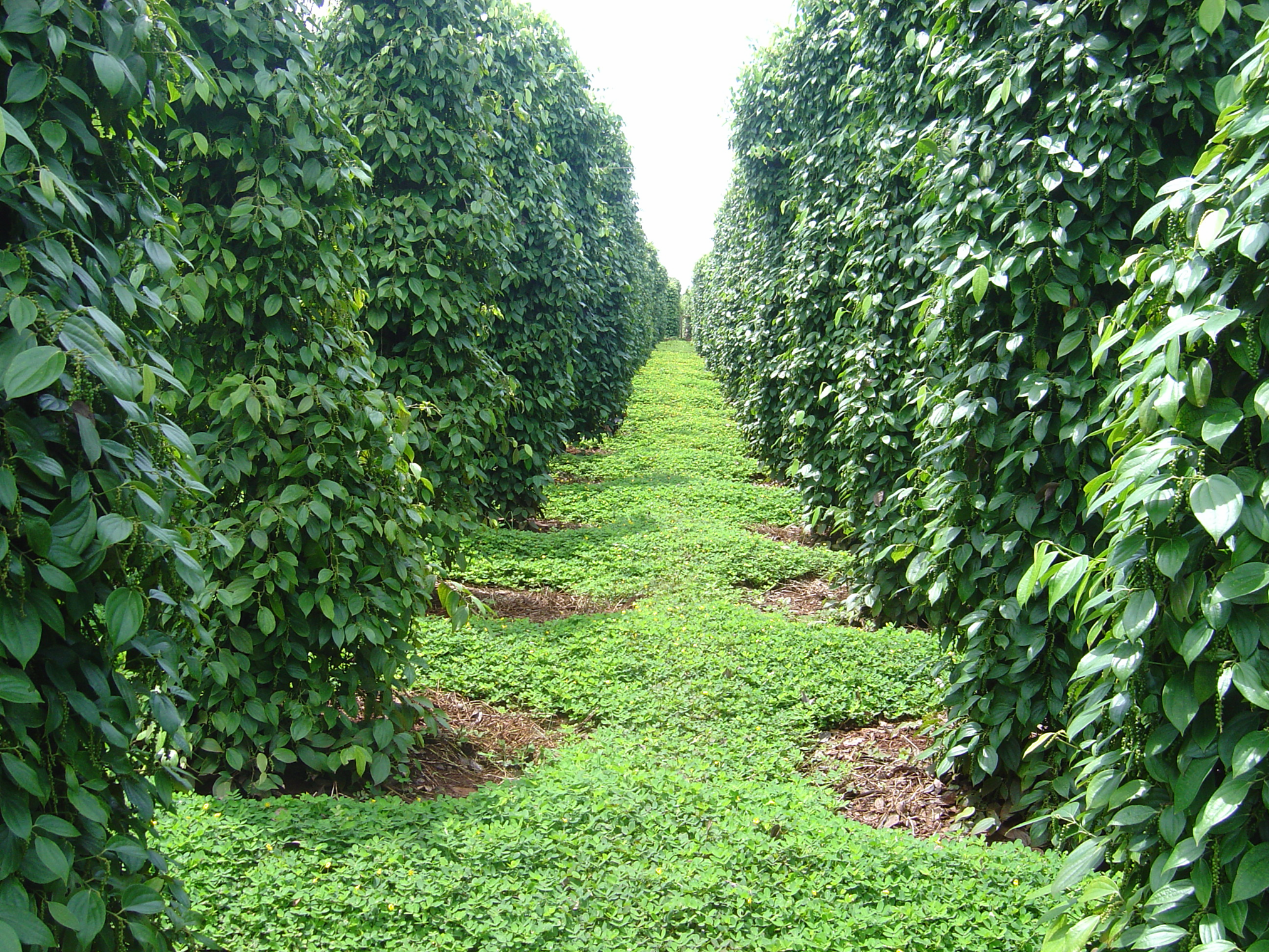
 Curently online :
Curently online :
 Total visitors :
Total visitors :
(21).png)
